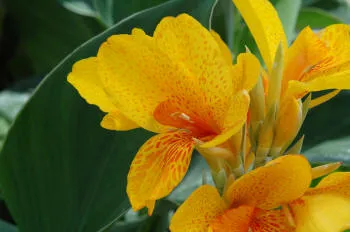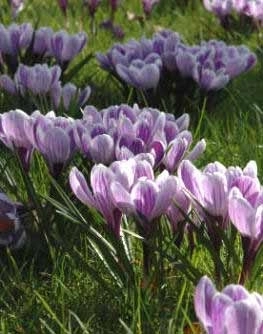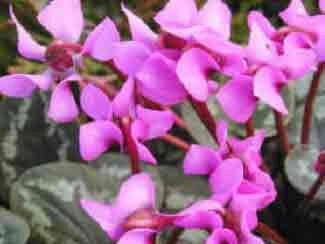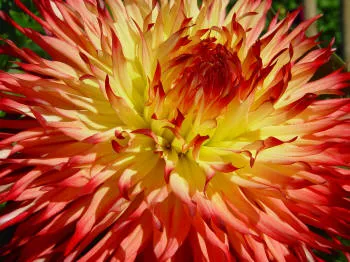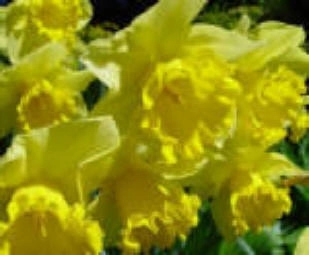There are a wide range of Anemones in this Genus - from the Buttercup family of Ranunculaceae. Here we are interested only in those that are produced from tubers or those anemones that have rhizomatous roots.
The late flowering perennial Japanese Anemones, have neither tubers or rhizomes, and are fibrous rooted herbaceous perennials, so are not included in this section.

Anemone sylvestris
The Anemones that are produced from tubers or rhizomes, are normally spring and summer flowering types - as against the Japanese Anemones which flower well into the autumn.
This superb woodland drift of Anemone sylvestris - the Snowdrop Anemone - was photographed in early spring. before the foliage of the Cobnuts appeared.
The main growing conditions favoured by Anemone sylvestris, is light shade or sun - provided by the managed woodland, well drained but humus rich soil - provided by the annual leaf fall of the overhead trees.
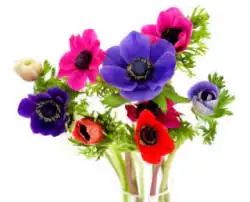
Anemone de caen bulbs
Not many of us will have the advantage of such natural conditions, so we either have to adapt our garden to suite the various types of Anemones, or better still, grow those Anemones which are suited to our own particular garden.
Some Anemones, such as the colourful Anemone coronaria 'De Caen' and 'St Brigid' group, will grow in most any soil conditions - and are specially suited to containers. These are normally planted in the early spring, and will soon start into growth, giving flowers in early summer.

Anemone blanda
The 'De Caen' group of Anemones are well suited to growing as cut flower - as can be seen in the image, and are often sold in florists shops in mixed or single colour bunches. Anemone de caen bulbs or tubers as they really are, can be bought in mixed bags from most garden centres in autumn or spring.
Both group make a stunning display in window boxes and other containers, with their brightly coloured flowers and attractive cut leaf foliage. They are normally obtainable in garden centres in early spring - sometimes in Autumn - but should be planted early spring. Delay planting of Anemone de caen bulbs until spring.
The ever-popular Anemone blanda - available in various blue and pink shades together with white.






